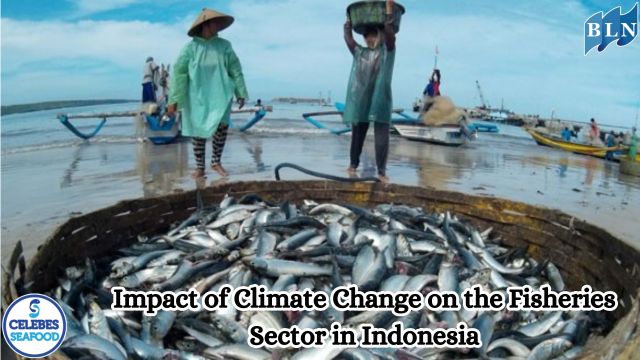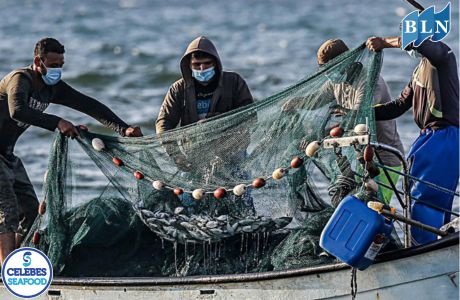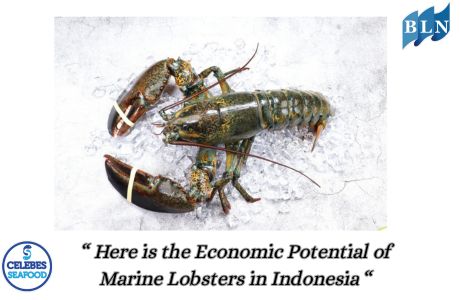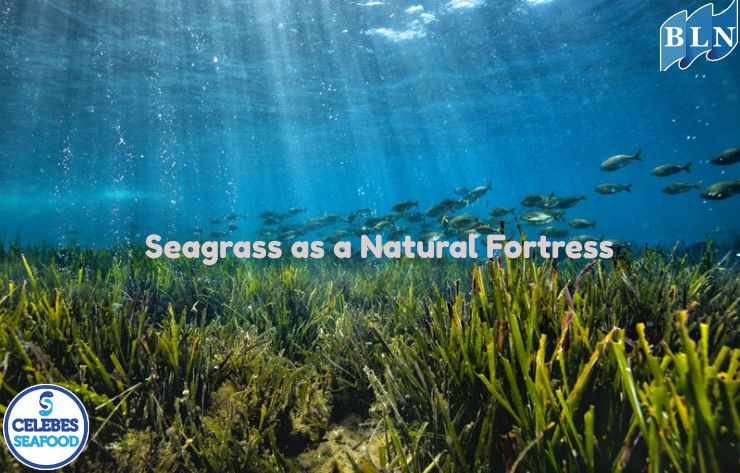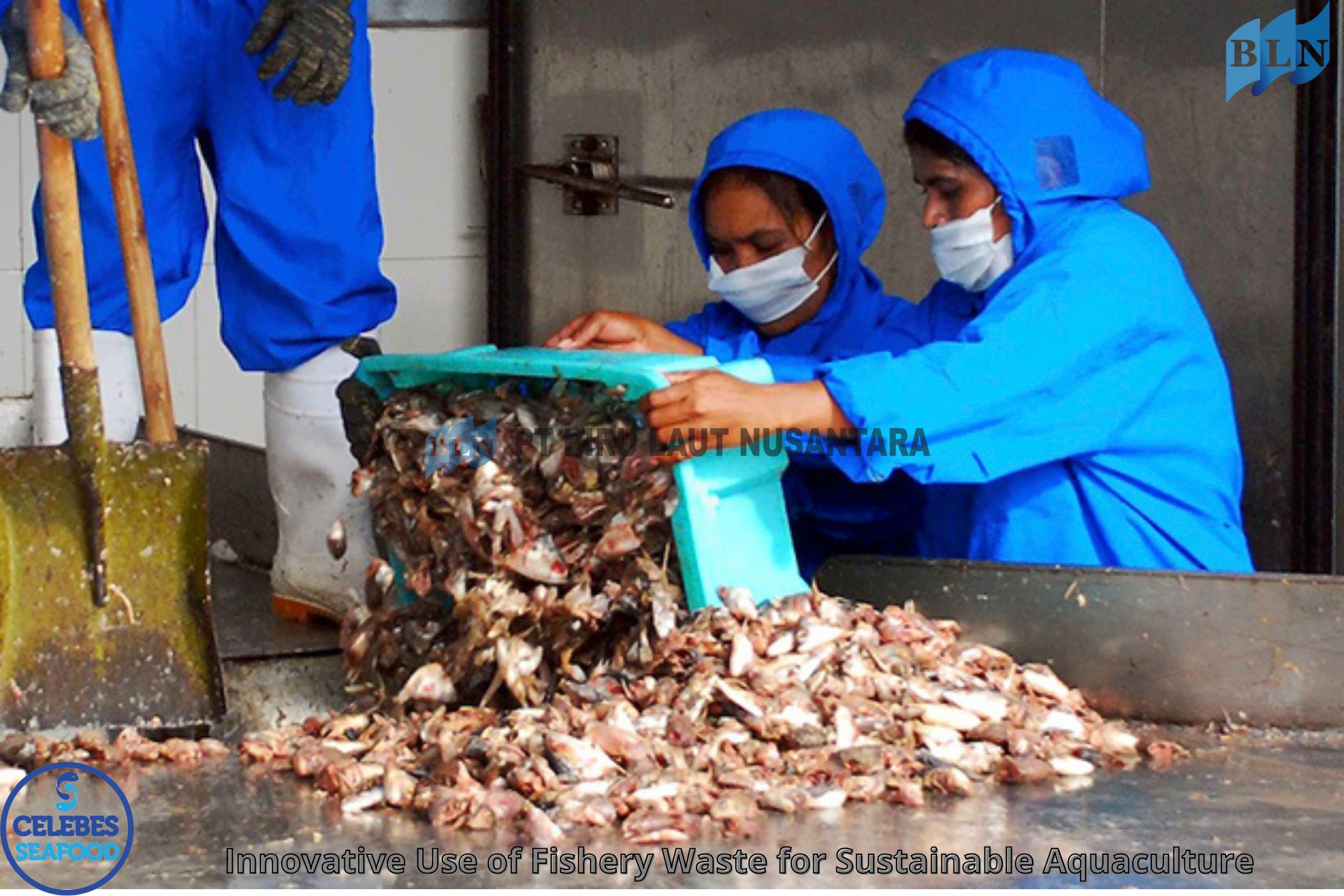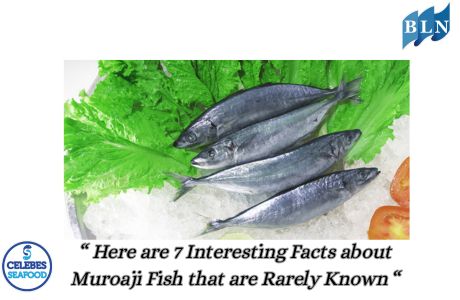Mollusks and Fisheries: Natural Resources that Need to Be Protected
By. Rani - 23 Apr 2025
lautnusantara.com Some molluscs have shells to protect their soft bodies, but others do not have shells. There are molluscs that live in water and some that live on land. Molluscs that live in water have gills as their respiratory organs, while molluscs that live on land breathe through the mantle cavity that has blood vessels. This cavity acts as a lung.
Mollusca Body Structure and Function
Mollusca are invertebrates or animals without backbones that have soft bodies. The shape and size of molluscs vary greatly. For example, one of the molluscs with a small size is a snail with a length of only a few millimeters. On the other hand, there are also large molluscs, for example squid which has a length of up to 18 meters.
Although the body shape of molluscs varies, the main structure remains the same. For its structure and function, the body of molluscs is divided into three main parts, namely the foot, visceral mass, and mantle. The foot is the ventral part of the body of the mollusc animal that has muscles. Molluscs use the foot as a means of locomotion to crawl and dig.
There are some molluscs whose feet are modified into tentacles. The tentacles are used to catch their food.
Here are the main points that the article would likely cover:
1. Introduction to Molluscs:
- Definition and Diversity: The article will introduce what molluscs are, a large phylum in the kingdom Animalia that includes various types of soft-bodied animals, often with a protective shell. Common examples such as clams, oysters, mussels, snails, squid, and octopus will be mentioned to illustrate the diversity of molluscs.
- Habitat and Ecological Roles: An explanation of the diverse habitats of molluscs, ranging from oceans and freshwater to land. The article will also highlight the important roles of molluscs in ecosystems, such as filter feeders, prey for other animals, and decomposers.
2. The Role of Molluscs in Fisheries:
- Food Source: The article will explain how various types of molluscs are important commodities in fisheries and serve as a food source for humans worldwide. Examples include clams, oysters, mussels, scallops, squid, octopus, and abalone.
- Economic Value: An explanation of the economic value of mollusc fisheries, both on a small scale (traditional fishermen) and a large scale (industry). This includes both wild capture and aquaculture.
- Contribution to Livelihoods: The article may discuss how mollusc fisheries provide livelihoods for millions of people in various countries, especially in coastal areas.
3. Threats to Mollusc Populations:
- Overfishing: The article will explain how uncontrolled fishing practices that exceed the reproductive capacity of mollusc populations can lead to drastic declines and even extinction of certain species.
- Habitat Destruction: Degradation and loss of natural mollusc habitats due to human activities such as coastal development, land reclamation, pollution (industrial, agricultural, and domestic waste), and climate change (sea-level rise, ocean acidification) will be discussed as serious threats.
- Pollution: Contamination of waters by various types of pollutants can directly harm molluscs or contaminate them, making them unsafe for consumption.
- Climate Change: Ocean acidification, caused by the increased absorption of carbon dioxide by the ocean, can inhibit shell formation in molluscs and disrupt their physiology. Rising seawater temperatures can also cause stress and mortality in some species.
- Destructive Fishing Practices: The use of fishing gear that damages the seabed habitat (such as bottom trawls) can negatively impact not only target molluscs but also the entire ecosystem.
4. The Importance of Preserving Molluscs:
- Sustainability of Resources: The article will emphasize the importance of sustainable management of mollusc fisheries to ensure the availability of this resource for present and future generations.
- Ecosystem Balance: The loss of mollusc populations can disrupt the balance of aquatic ecosystems, affecting food chains and other ecological functions.
- Food Security and Economy: Maintaining healthy mollusc populations is important for food security and the economic stability of communities that depend on this resource.
- Value of Biodiversity: Molluscs are an important part of marine and terrestrial biodiversity, and the loss of mollusc species will reduce the planet's natural wealth.
5. Conservation Efforts and Sustainable Management:
- Fisheries Regulations: Implementation of effective rules and regulations regarding catch quotas, minimum catch sizes, and fishing seasons.
- Ecosystem-Based Management: A fisheries management approach that considers the entire ecosystem, not just the target species.
- Establishment of Conservation Areas: Protection of important areas as mollusc habitats.
- Sustainable Aquaculture: Development of environmentally friendly mollusc farming practices that do not rely on excessive wild capture.
- Pollution Control: Efforts to reduce and prevent water pollution.
- Climate Change Mitigation: Actions to reduce greenhouse gas emissions and adapt to the impacts of climate change.
- Public Education and Awareness: Increasing public understanding of the importance of molluscs and the need for conservation.
If you are interested in our product BARRAMUNDI COD WOLE GILLED GITTED / WHOLE ROUND, Barramundi Fillet Skinless Tiger Style, CALAMARI WHOLE ROUND please do not hesitate to contact us through email and/or whatsapp.
